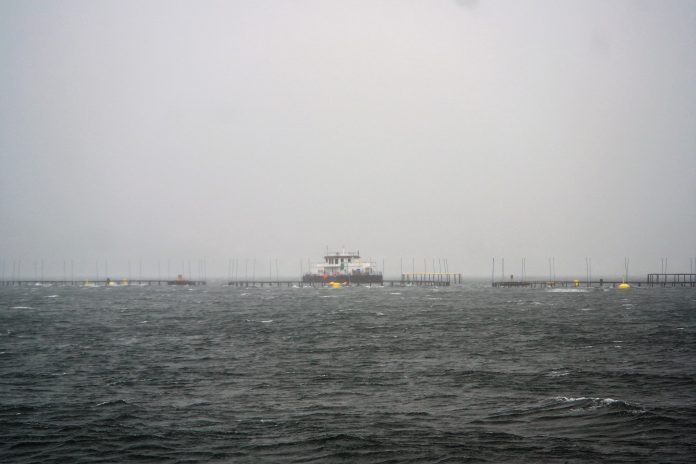High salmon prices inflate profits, although lice treatment is still costly and demanding.
Solid operations in combination with high salmon prices provided strong quarterly earnings for SalMar in the second quarter of 2017. Operating profit (EBIT) for the group amounted to €106.12 million during the period. The Group’s operating profit is €3.04 per kilo of slaughtered fish.
“SalMar’s profit has been driven by solid operations and another quarter with high salmon prices. The biological situation is somewhat better compared to the same period last year, but the handling of salmon lice is still demanding. SalMar has implemented a number of measures to improve the situation, combined with continuous increase of focus on fish welfare. Measures to deal with the lice situation are costly and a high treatment rate will adversely affect production costs in the coming quarters,” says Trond Williksen, CEO of SalMar.
Demanding biology
Total operating income was €312.9m in the quarter. The slaughter volume was 35,000 tonnes.
In the Central Norway division, the biological situation is still challenging. SalMar has made extensive investments in non-medical treatment over time, both in terms of equipment and expertise. The total cost of such treatment has increased and will adversely affect the cost level of the division in the coming quarters. Other cost-cutting measures will to some extent contribute positively, SalMar writes in a press release.
In the Northern Norway division, the biological situation is good and there was no need for delousing operations during the spring. In May, ISA was detected at one of the company’s locations in Troms, which, in isolation, resulted in somewhat increased logistics and handling costs for the division during the period. ISA was not detected at other sites in the area.
Contracts
The biological situation in Central Norway is still creating challenges for sales and processing activities. Fluctuations in volume from week to week affect operating efficiency, and at the same time large price and volumetric variations affect the sales organization’s ability to optimize spot sales. The main reason for the negative operating profit during the period is that around 40 percent of the volume was sold on contract at prices below the average spot price during the period. The contract share for the second half of 2017 is expected to be around 50 percent, with a similar price level as in the first half of 2017.
For the whole of 2017, SalMar plans to slaughter around 131,000 tonnes in Norway, divided between 83,000 tonnes in region Mid and 48,000 tonnes in the Northern region. In Norskott Aquaculture (Scottish Seafarms) and Arnarlax a slaughter volume of 30,000 tonnes and 10,000 tonnes respectively is expected.


